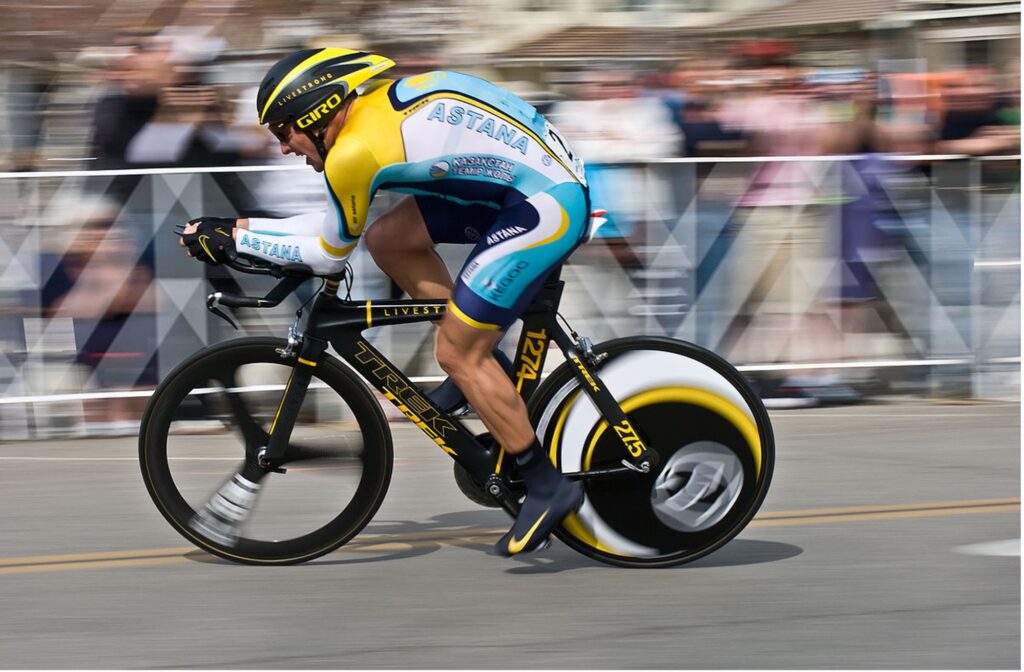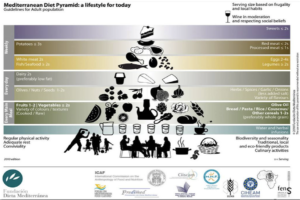
Figure 1: Lance Armstrong, a well-known professional cyclist, has been implicated in drug doping scandals throughout his career
Source: Wikimedia Commons
When one considers cheating in the world of athletics, the typical cases that come to mind are those of Marion Jones, Tyson Gay, and Lance Armstrong, athletes who all admitted to using steroids and other performance enhancing drugs to secure their victories (“15 biggest Sports Doping Scandals,” 2017). But with the explosive development of CRISPR/Cas gene technology over the past few years, the potential for a new method of cheating in athletics has emerged, one in which athletes could have the ability to change their genes to gain an athletic advantage. Though there are no documented cases, the World Anti-Doping Agency has coined this new form of fraud as “gene doping.”
Gene doping uses the CRISPR/Cas protein system that scientists have engineered for genome editing. The Cas proteins naturally occur in bacteria and serve as part of a bacterial immune system. When a new virus infects a bacterial cell, the Cas proteins clip its DNA into small fragments and insert them into the genome as clustered, regularly interspersed palindromic repeats (CRISPR, for short). Once the viral DNA has been incorporated in the genome, the bacteria can better recognize that same virus and incapacitate it in future infections, much as the innate immune response allows humans and other animals to mount a more effective response to viral infection after immunization with a vaccine.
In 2012, scientists Jennifer Doudna and Emmanuelle Charpentier discovered that they could use this system to alter human DNA by introducing the Cas protein as a pair of genetic scissors (they won the Nobel Prize for this work just this past year) (Ledford & Callaway, 2020). If the protein is led by an artificially synthesized RNA (guide RNA), scientists can cut any DNA sequence within the genome and trigger the cell’s natural repair mechanisms to repair the cut. If guide RNA and Cas9 alone are added to human cells, the cut and subsequent imperfect repair will cause the affected gene to become permanently inactivated. However, if a DNA template is introduced along with Cas9 and the guide RNA, then the cell’s repair mechanisms can fill in the cut DNA with the corresponding bases from the template, effectively replacing the old gene with a new one (Adli, 2018).
While CRISPR/Cas technology has presented astounding possibilities for research and healthcare, it could also have the potential to be used for less noble purposes, such as editing genes to gain an athletic advantage. For example, an athlete might use the technology to enhance the activity of growth factor genes and increase their muscle mass. Given this potential danger, researchers at the Center for Preventative Doping Research came up with a method to test for gene doping in the case that this type of cheating ever becomes a reality.
In one particular study, researchers used human plasma to test for gene doping. They injected Cas9 protein into the plasma cells in order to mimic the gene doping that an athlete might perform. The researchers then used antibodies to purify out the Cas proteins from the samples and a technique called mass spectrometry to confirm the chemical identity of the Cas9 protein.
After testing the plasma, the researchers also used mouse models in order to have a more comprehensive system representative of the human body. In this experiment, the researchers discovered that they could still detect Cas9 protein eight hours after the protein was administered, which suggests that such a gene doping test would be highly effective. The researchers’ next step, as noted in the study, will be to examine how the effects of the dosage and frequency of the doping may impact the accuracy of the test (Paßreiter et al., 2020).
Even though a whole new world of athletic cheating has opened up with the development of CRISPR/Cas technologies, there are no documented cases of this thus far. With measures in place to detect such events, the scientific community can continue to celebrate the incredible opportunities that gene editing brings, knowing that they will crack down on the more nefarious opportunities that accompany it in the future.
References
15 biggest sports doping scandals. (2017, October 30). Men’s Journal. https://www.mensjournal.com/sports/15-biggest-steroid-ped-and-doping-scandals-sports-history/
Adli, M. (2018). The CRISPR tool kit for genome editing and beyond. Nature Communications, 9(1), 1911. https://doi.org/10.1038/s41467-018-04252-2
Ledford, H., & Callaway, E. (2020). Pioneers of revolutionary CRISPR gene editing win chemistry Nobel. Nature, 586(7829), 346–347. https://doi.org/10.1038/d41586-020-02765-9
Paßreiter, A., Thomas, A., Grogna, N., Delahaut, P., & Thevis, M. (2020). First Steps toward Uncovering Gene Doping with CRISPR/Cas by Identifying SpCas9 in Plasma via HPLC–HRMS/MS. Analytical Chemistry, 92(24), 16322–16328. https://doi.org/10.1021/acs.analchem.0c04445
Related Posts
An Introduction to the Ebola Virus
Cover Image: Blood sample of a patient infected by the...
Read MoreThe Mediterranean Diet Could Help Treat and Prevent Adolescent Depression
Source: Mediterranean Diet Pyramid (Flikr Public Domain, Zaid Alasad) The...
Read MoreEva Cornman



